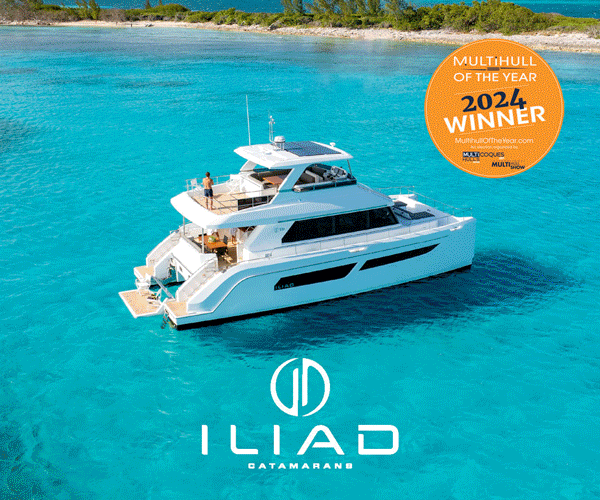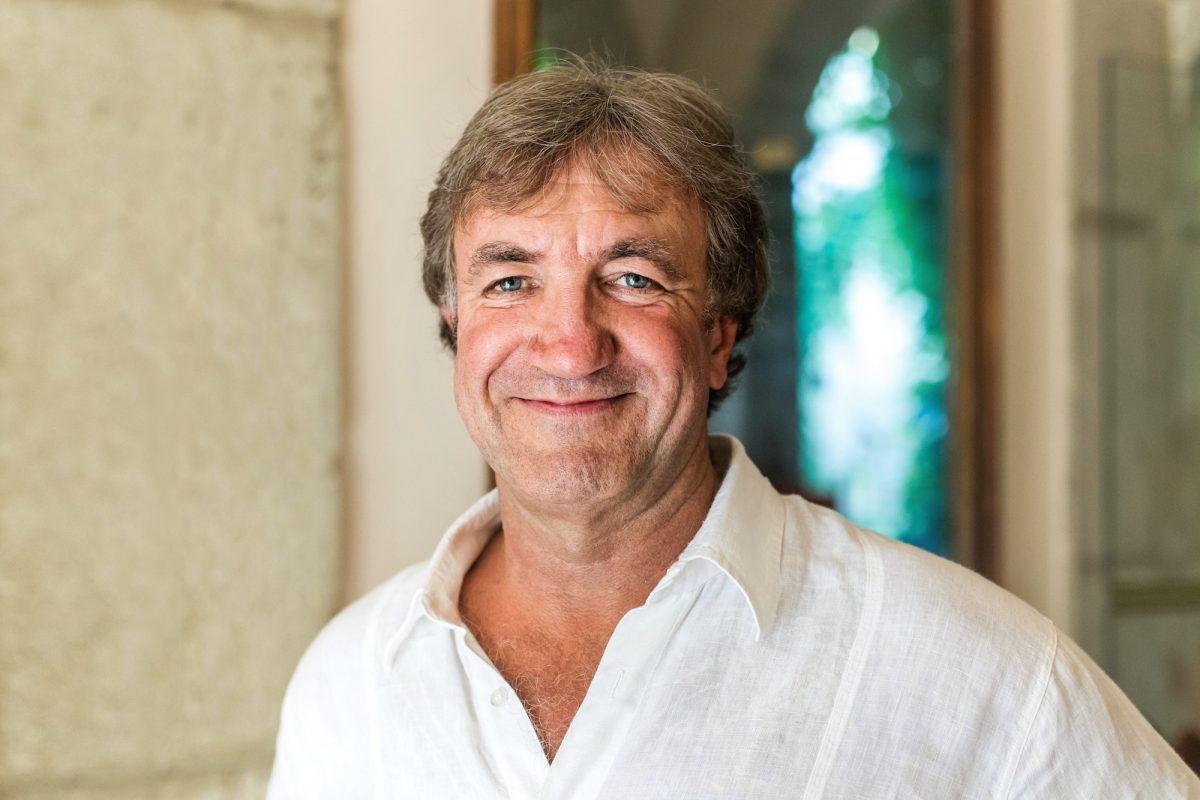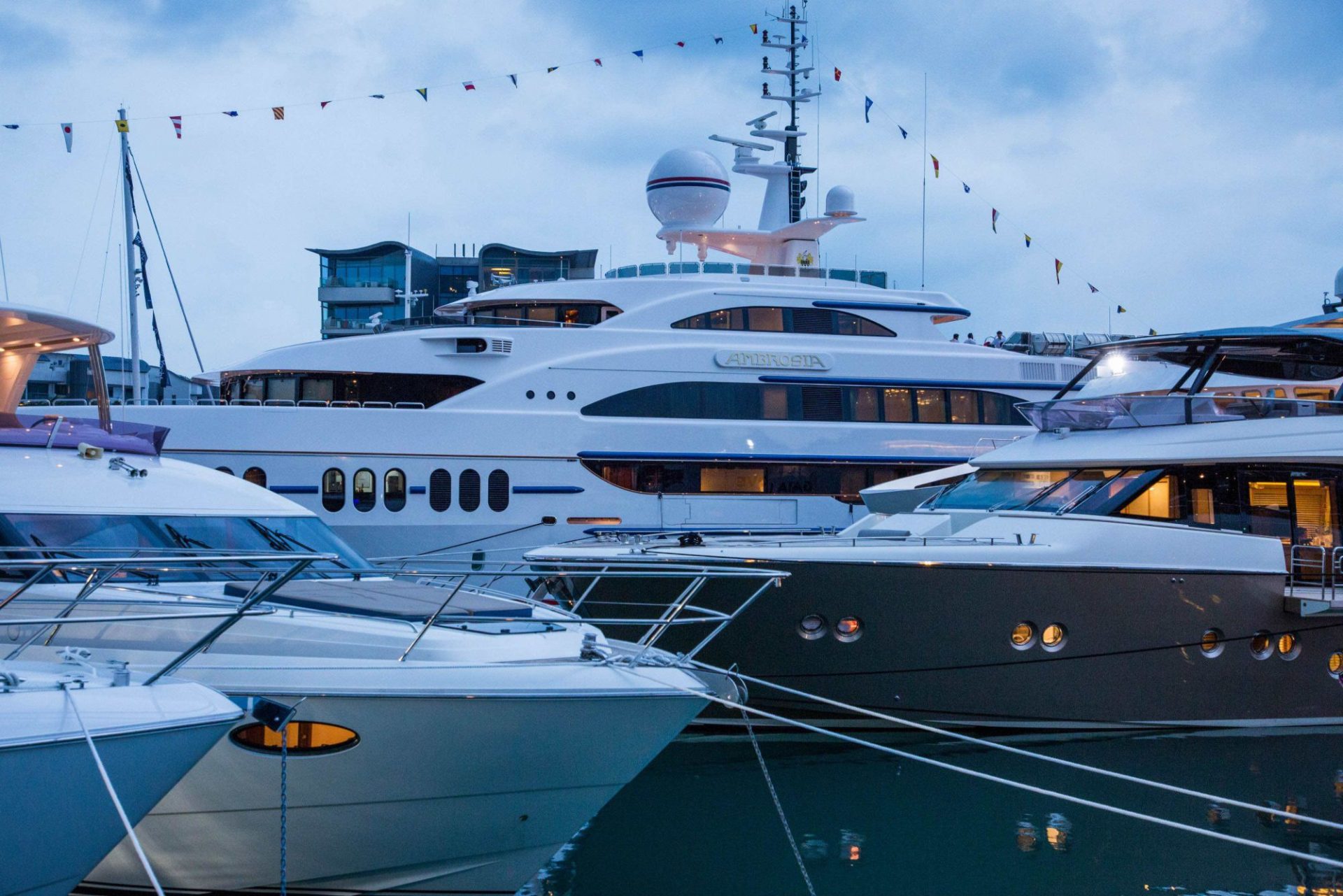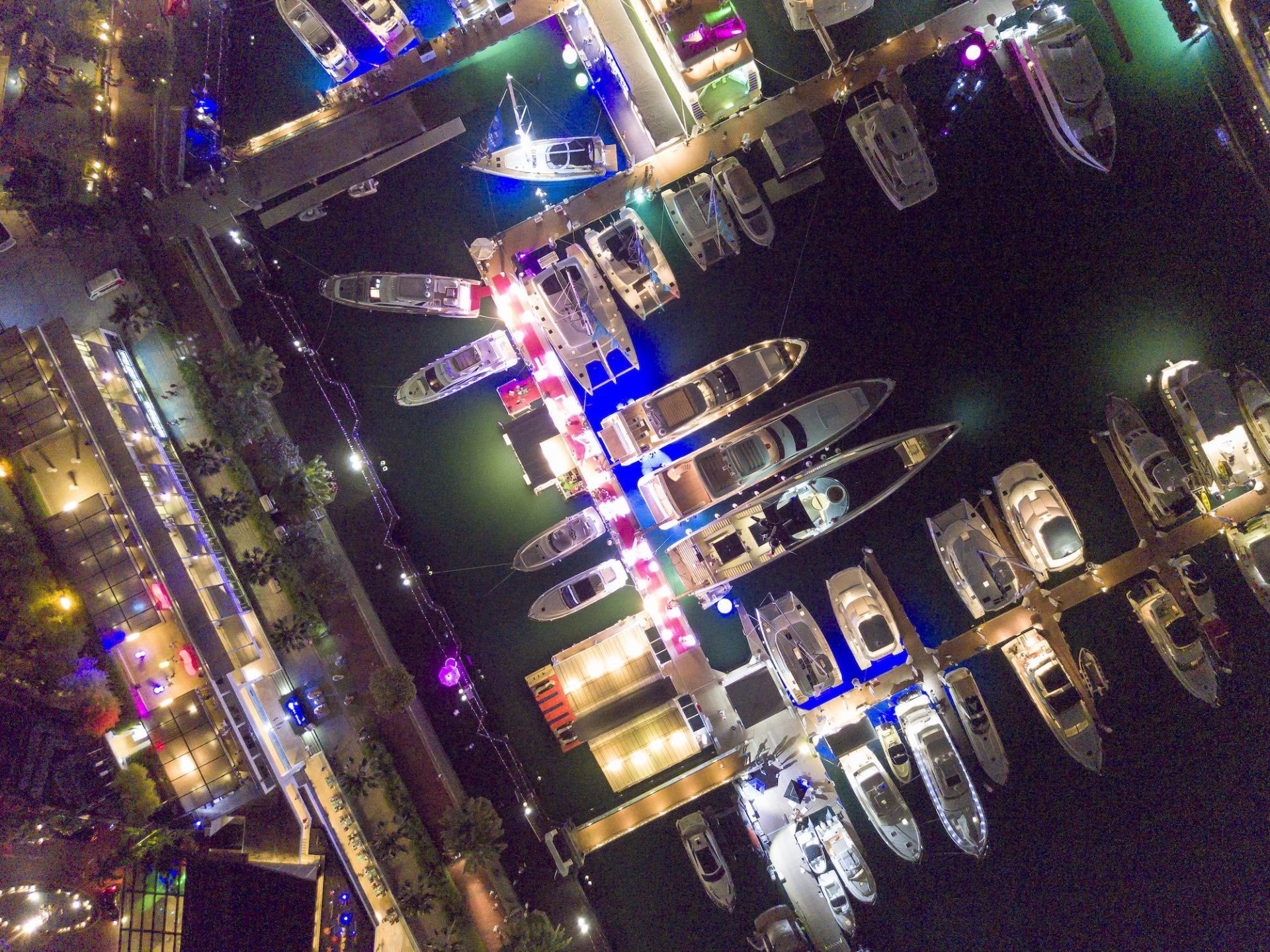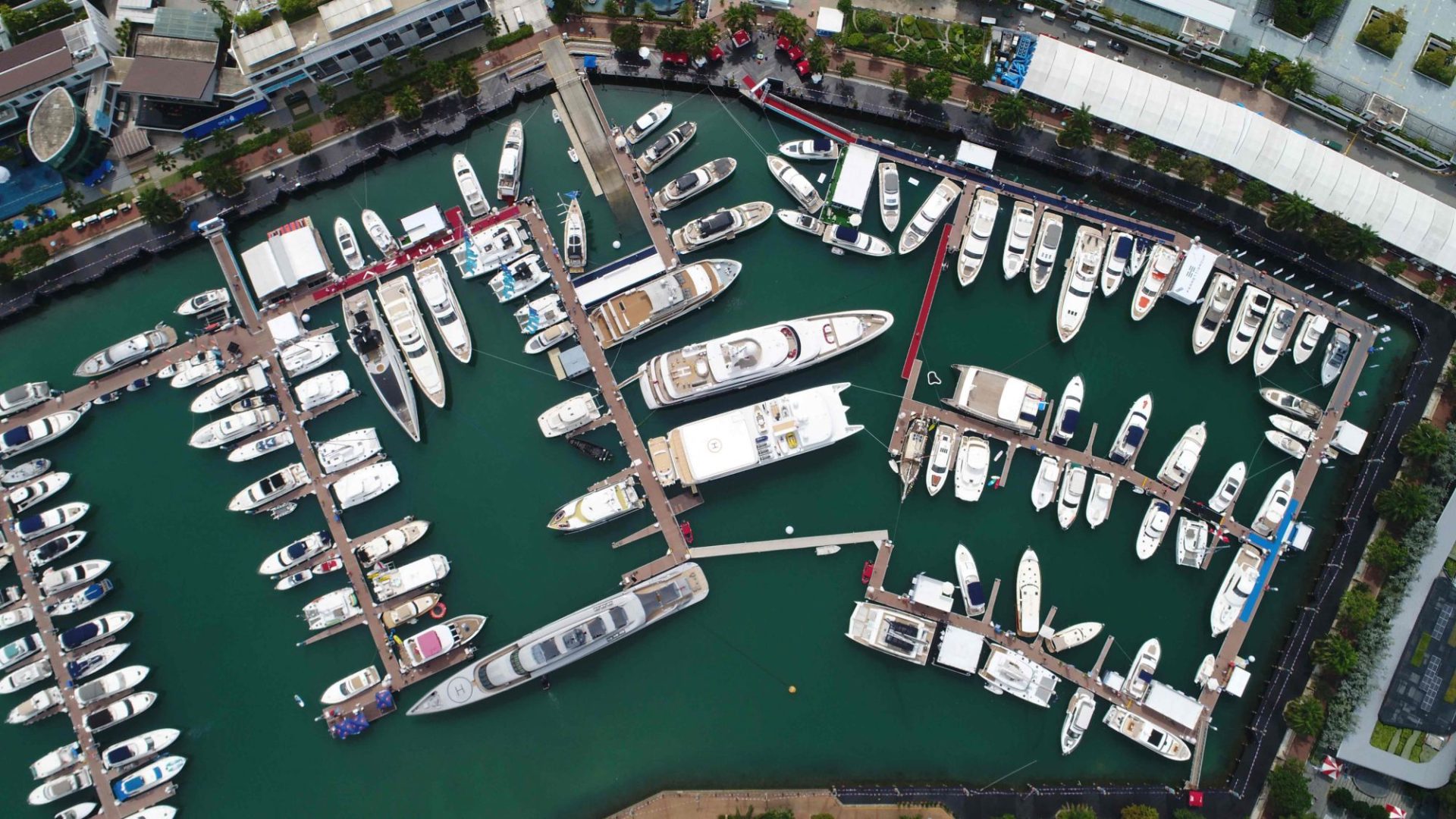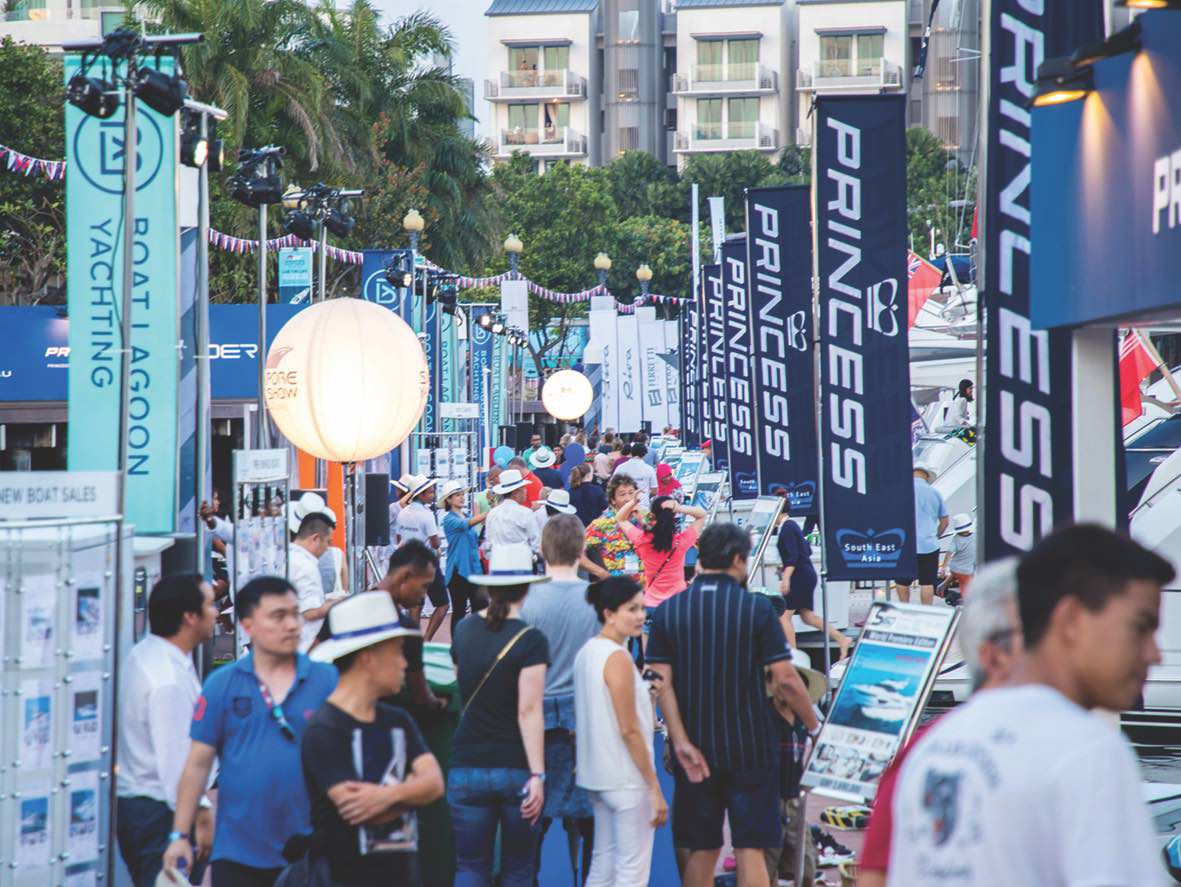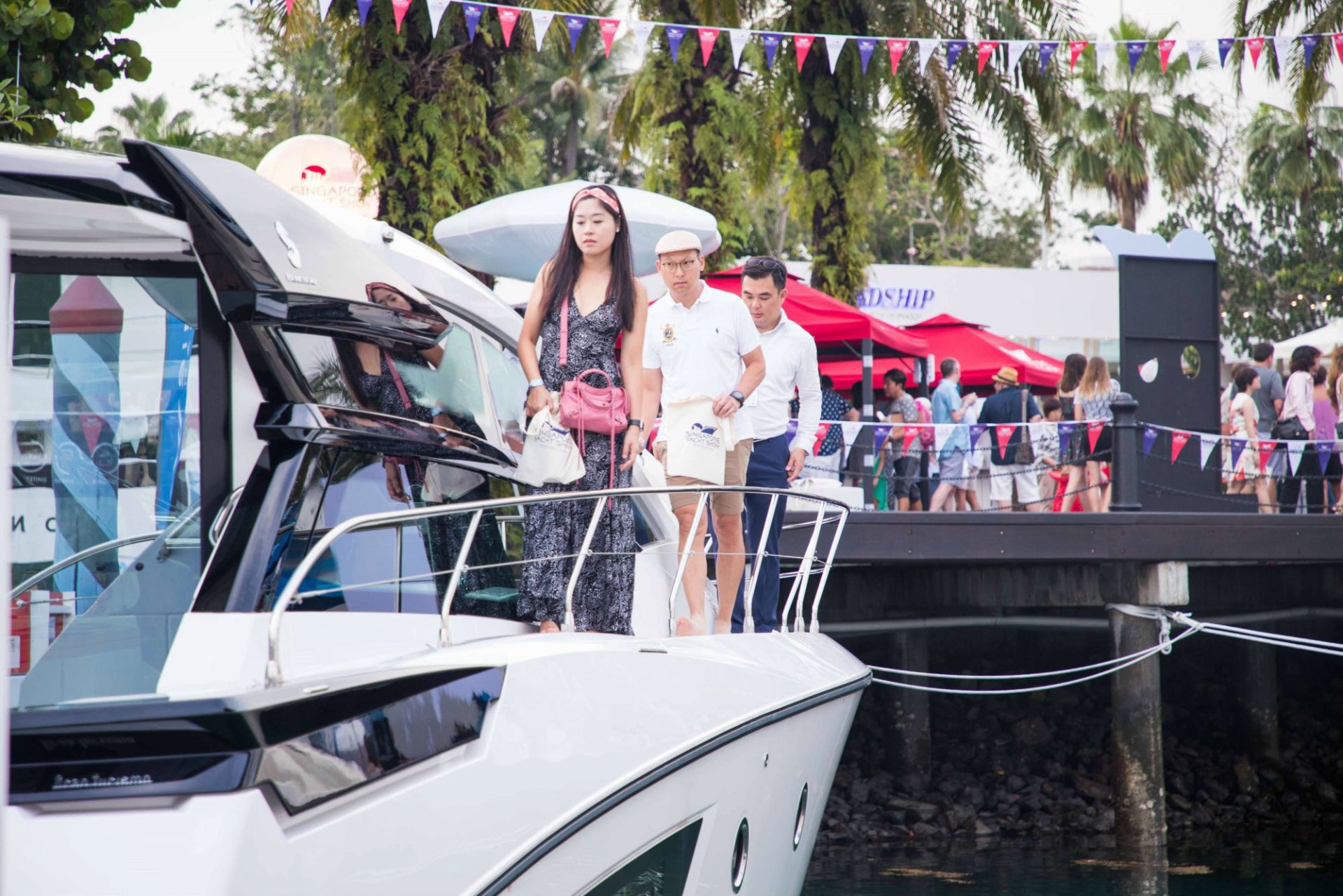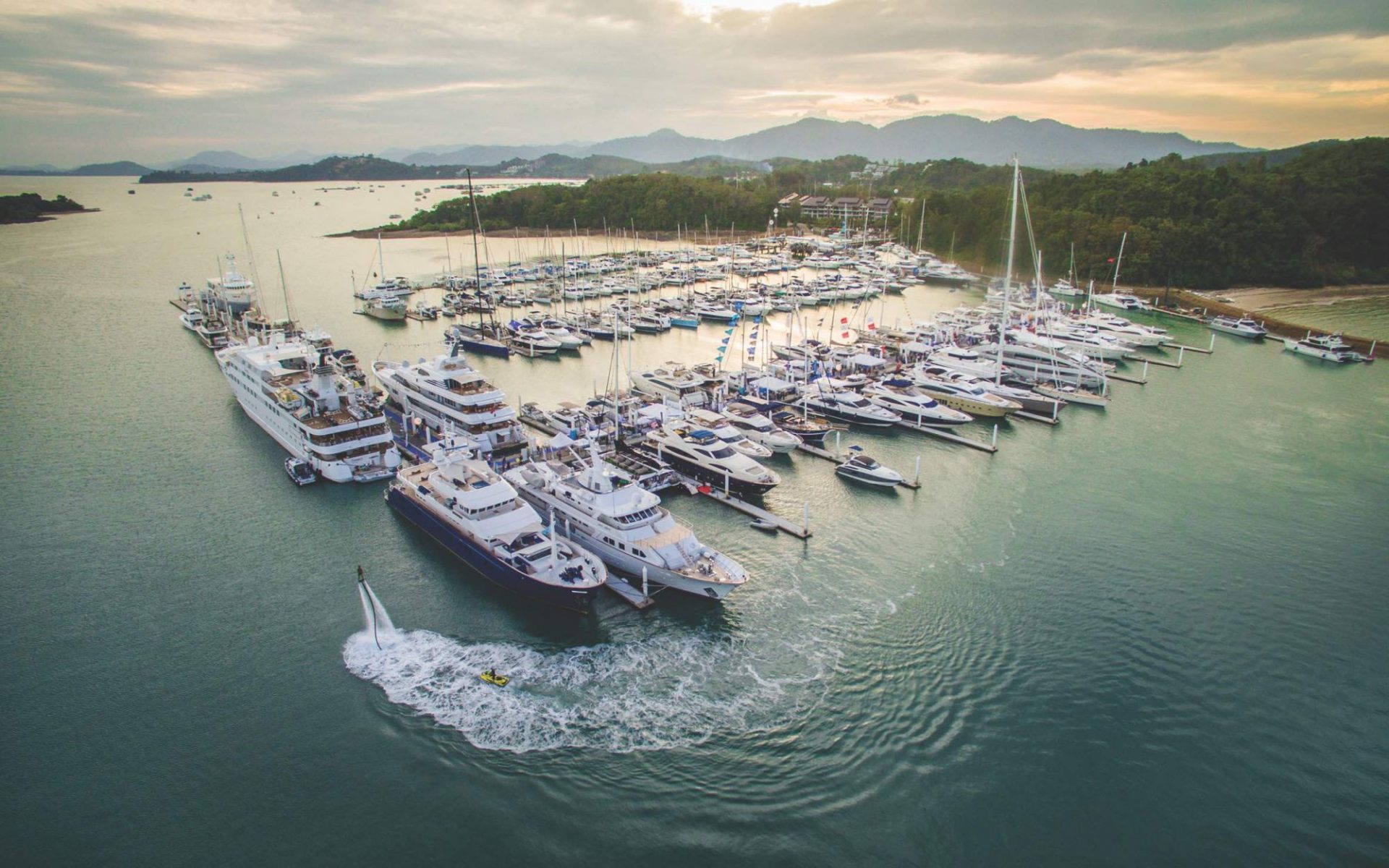Show and tell
As the Singapore Yacht Show approaches, owner and organiser Andy Treadwell explains the importance of government support for the yachting industry.
01 March 2018
Ocean Media (OM): Singapore Yacht Show (SYS) is now in its eighth year; you must have seen some changes in that time. What can we expect in 2018?
Andy Treadwell (AT): It is still the middle of the charter season in Thailand and Indonesia, so it is too early to confirm the exact line-up of big boats, but we will have an even bigger mix than usual of new product from the world’s leading boating brands, and of course complementary lifestyle activities, for which SYS has become known.
Last year was a record for regional debuts and it looks like this year’s event will see even more. Continuously having new, top quality brands on display certainly helps attract buyers from all over Asia. We are definitely seeing an increasing level of interest, not just from our traditional visitors from South-East Asia, but with each year visitors are coming from further afield: mainland China, Taiwan and even Japan.
We set out to engage a very broad audience; to tempt them to come and see, to experience the lifestyle. Through our exhibitors, we can show them a complete range of the best products and activities that will compel visitors, one way or another, to get out on the water and have fun.
OM: You also organise the Thailand Yacht Show (TYS), which just had its third edition at Ao Po Marina in Phuket. How are the objectives of the two events aligned and how are they influencing the market together?
AT: Singapore is the brand show, taking place in the business, financial and luxury capital of South-East Asia. It is not really a yachting destination, but it is right in the middle of a huge one. Thailand, on the other hand, and specifically Phuket, is the best destination in terms of infrastructure – berths in marinas, for a start – as well as cruising grounds. But it is not a business destination; it is where you can go and get out on the water and try stuff out. That is what we want TYS to become; not another ordinary boat show, more an experiential festival of boating. So the two together cover all the aspects of the industry that that we need to be promoting.
One of our main objectives is to get the some of the 5,000-strong global fleet of superyachts to start coming to Thailand and South-East Asia to make this region a new winter destination. Currently, nearly all of them spend the summer season in the Mediterranean, and those that want to cruise all year round go to the Caribbean for the winter. But they have been doing this for 40 or 50 years, so it is time to try something new; and goodness knows, there is a fantastic amount of cruising areas to discover.
The potential here is huge, both for the local economies and the yachting industry, and our aim with the two very different but totally complementary events is to raise Asia’s profile overall as a yachting destination on a global scale. We are highlighting its amazing cruising grounds and working to improve the infrastructure for captains and brokers around the world. In order to do so, we need to engage all the governments in Myanmar, Cambodia, Thailand and Vietnam in the northern part of the region, and with Malaysia and Indonesia further south and east to build and market the biggest and best yachting destination in the world.
OM: What is the greatest hurdle you face in bringing superyachts to the region?
AT: Unfortunately, the tax and immigration regulations here are generally highly unfavourable, and this is completely stymying the migration of yachts to this part of the world and the development of the industry here. There is a really big opportunity for regional governments, if only they would reach out and seize it.
We have been working hard and in a positive spirit with the Thai Government for three years, and hope to now engage fully with Indonesia too, to help position South-East Asia as a global yachting destination. Many countries within the ASEAN Economic Community are beginning to recognise the opportunity to target luxury tourism, and they are turning their attention to yachting, the world’s highest-spending tourism sector. But the governments need to work together to simplify and harmonise yachting regulations throughout the region and, crucially, stop charging import tax and VAT.
By allowing foreign yachts to charter without having to pay import taxes, just VAT on charter fees, and granting crew a one-year visa, we reckon we could attract at least 200 visiting superyachts to Asia within a few years, plus all the high-spending charter guests they would bring. We could easily estimate a US$400–500 million economic impact each year. At least 25,000 new high-spending tourists would come to the ASEAN countries annually, and would want to keep coming back, driving billions of dollars of inward investment.
Once we are able to overcome these tax and regulation issues, we believe there would be an instant boom in the yacht tourism industry in Asia, and that would kick-start the rest – marinas, infrastructure, job creation, inward investment – a major economic impact for the local people in each country of ASEAN.
OM: How is Thailand leading the way in terms of welcoming superyachts for business?
AT: Thailand’s previous Tourism Minister made it a major tourism policy to develop a yachting industry, and after meeting the new Minister last week, I can only say that he was also highly positive and enthusiastic about it all too. He clearly sees the opportunity for Thai businesses and the Thai community to benefit from the very-high-spending nautical tourism sector.
After three years of campaigning and promotion through the Thailand Yacht Show – which is a government initiative, so the whole industry really should be supporting it – we believe the they are about to take the all-important first step by adapting tax and immigration regulations to allow foreign-flagged superyachts to charter in Thai waters. Their enthusiastic and proactive approach to the superyacht charter licence project reflects their genuine desire to bring in the yachts, create the hub we need, and catalyse change – simplification and harmonisation of cruise and charter regulations – throughout the region.
Everyone has to understand that it is a very long process. You cannot change laws or regulations overnight. Once it is done, however, yachts will start to come. We have received letters of support from owners and promises to bring some of the biggest yachts in the world to Thailand if the regulations are changed. That’s a pretty good vindication of our plan and an indicator of things to come.



